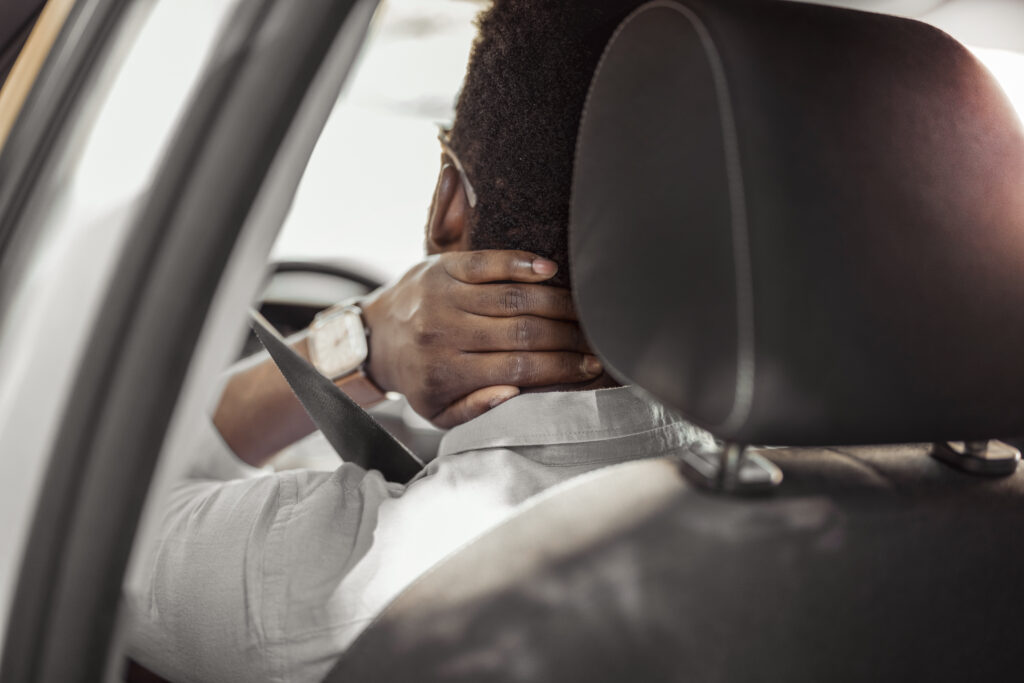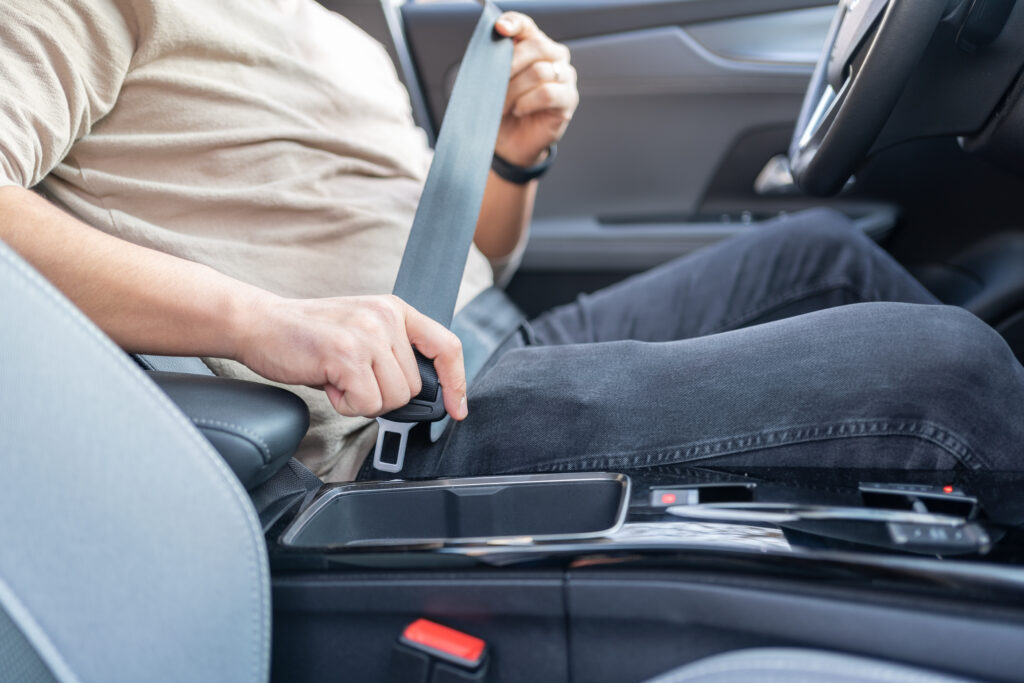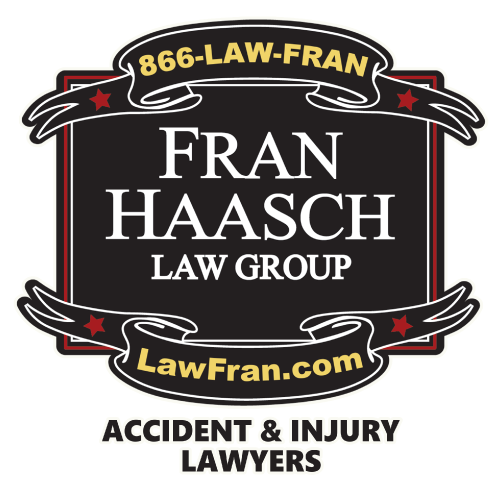Common Misconceptions About Wearing Seat Belts and Seat Belt Safety
Seat belts are one of the most critical safety features in any vehicle. Simply put, seat belts save lives in a car accident. They are designed to secure occupants in their seats, reducing the risk of injury during a car accident by preventing individuals from being thrown against the interior of the vehicle, or worse, ejected from it completely. By keeping passengers in place, seat belts distribute the forces of a crash more evenly across the stronger parts of the body, such as the pelvis and rib cage. Seat belts reduce the likelihood of serious injuries and fatalities. Despite these clear benefits, some people still doubt the effectiveness and necessity of seat belts.

Myth 1: Seat Belts Aren’t Necessary for Short Trips
One common myth is that seat belts are unnecessary for short journeys or when driving at low speeds. However, most car accidents occur close to home, and even at low speeds, the impact can be significant enough to cause serious injury. Seat belts are crucial for safety, regardless of the distance or speed.
Myth 2: Seat Belts Trap You in a Car During a Car Accident
Another misconception is that wearing a seat belt can trap you in a car during a severe car accident, particularly in scenarios involving a burning or submerged vehicle. In reality, seat belts lessen your likelihood of being knocked unconscious and mobile, making it easier to escape from the vehicle if necessary. Statistics show that those not wearing seat belts are more likely to be incapacitated in such situations.
Myth 3: Airbags Alone Provide Enough Protection
Some people believe that airbags provide sufficient protection and that seat belts are redundant. While airbags are a crucial safety feature, they are designed to complement seat belts. Seat belts help position you correctly so that the airbags can be most effective and prevent you from being ejected from the vehicle during a crash. Both a seat belt and airbags create the safest environment in a motor vehicle.
Myth 4: Seat Belts Can Cause Injury
A prevalent myth is that seat belts can cause injuries, such as broken ribs or bruises, during an accident. While it is true that seat belts can sometimes cause minor injuries, these are typically far less severe than the potential injuries sustained from not wearing a seat belt. In the event of a crash, seat belts have been proven to save lives and significantly reduce the risk of serious injury.

Myth 5: Seat Belts Are Uncomfortable
Some individuals avoid wearing seat belts because they find them uncomfortable or restrictive. Modern seat belt designs have significantly improved comfort and adjustability, allowing for better fitting and ease of use. Moreover, the brief discomfort of wearing a seat belt pales in comparison to the potential injuries or fatalities that can result from not wearing one. Ensuring that the seat belt fits correctly—sitting snug over the shoulder and across the pelvis, rather than the stomach—can greatly enhance comfort while driving. Remember, the primary function of a seat belt is to keep you safe, and any minor discomfort is a small price to pay for the life-saving protection it provides.
Myth 6: Seat Belts Only Affect Me
There is a misconception that wearing a seat belt is a personal choice that only impacts the individual wearing it. However, failing to wear a seat belt can have significant repercussions for others as well. In the event of a crash, an unbelted occupant can be thrown around the vehicle, potentially causing serious harm to other passengers.
Myth 7: I’m Safe in the Backseat Without a Seat Belt
A dangerous misconception is that sitting in the backseat without a seat belt is safe. Many people believe that the backseat is inherently less risky, and thus, a seat belt is not necessary. However, this is far from the truth. In a collision, an unrestrained backseat passenger can become a projectile, posing a severe risk not only to themselves but also to other occupants in the vehicle. Studies have shown that wearing a seat belt in the backseat can reduce the risk of fatal injuries by nearly 50%. Regardless of where you are seated in a vehicle, always wearing a seat belt is crucial for your safety and the safety of those around you.

Seat Belt Laws in Florida
In Florida, seat belt use is governed by a primary enforcement law, meaning that law enforcement officers can stop and ticket a driver or passenger solely for not wearing a seat belt. Florida law requires that all front-seat passengers, regardless of age, wear a seat belt. Additionally, passengers under the age of 18 must be properly restrained with a seat belt or an appropriate child restraint device including a booster seat, regardless of their seating position in the vehicle.
For adult passenger vehicle occupants, failing to wear a seat belt in the front seat can result in a non-moving violation, attracting a fine and potential court costs. It’s important to note that the driver is responsible for ensuring that any passenger under 18 is wearing a seat belt. Non-compliance with the seat belt law not only subjects individuals to fines but also significantly increases the risk of injury or death in the event of a collision.
Exceptions to the Florida Law for Seat Belt Use
While Florida law mandates seat belt use for both drivers and passengers, there are specific exceptions to this requirement. Individuals who possess a medical condition with certification from a physician stating that the use of a seat belt is inappropriate or harmful to their health are exempt from wearing a seat belt. Additionally, personnel operating a vehicle for the purpose of delivering newspapers, businesses involved in door-to-door sales, and individuals driving certain farm equipment are also not required to wear seat belts. Another notable exception includes mail carriers while performing their duties. It’s important to be aware of these exemptions to understand when the general seat belt rule does not apply, although wearing a seat belt is always a recommended safety measure.
Proper Seat Belt Use
Proper seat belt use is essential for ensuring maximum safety while driving or riding in a vehicle. To wear a seat belt correctly, ensure that the lap belt is in the proper position, lying snugly across the upper thighs, not the stomach. The shoulder belt should cross the chest and rest comfortably on the shoulder, away from the neck. Additionally, make sure the seat belt fits properly by adjusting its length. Most modern vehicles are equipped with adjustable shoulder height for the seat belt, ensuring it fits correctly for passengers of different sizes. The seat belt should fit snugly without being too tight or uncomfortable.
Seat Belt-Related Injuries
While seat belts are essential for saving lives and reducing serious injuries, their use can sometimes lead to unique trauma due to the forces applied to the body during an accident. Seat belt syndrome often includes a combination of abdominal injuries, such as contusions, lacerations, and internal organ damage, along with spinal injuries because of the belt’s pressure on the abdomen and spine. Common indicators of seat belt syndrome are the characteristic bruising along the line of the seat belt, known as the “seat belt sign,” and more severe internal injuries that might not be immediately apparent. Despite these potential injuries, the protective benefits of wearing a seat belt far outweigh the risks, as seat belt syndrome is typically less severe than the trauma experienced without a seat belt. It’s essential to seek medical attention after a crash to accurately diagnose and treat any possible injuries stemming from seat belt use.
Consequences of Not Using a Safety Belt
In 2022, 50% of passenger vehicle occupant fatalities were unrestrained in the vehicle. Not wearing a seat belt can result in:
- Hitting head or face on the dashboard or steering wheel;
- Increased risk of being thrown clear from vehicle during a collision;
- Increased risk of fatal injury; and
- Increased risk of injuring or killing fellow passengers in the vehicle.
Understanding the myths and facts around seat belt safety, it is clear that wearing a seat belt is the best protection while driving or riding passenger in a motor vehicle.
Contact The Fran Haasch Law Group Accident & Injury Lawyers for a Free Consultation with an Experienced Car Accident Lawyer
Navigating the aftermath of a car accident can be overwhelming, but The Fran Haasch Law Group Accident & Injury Lawyers are here to assist you every step of the way. Whether you’re dealing with injuries, vehicle damage, or the complexities of insurance claims, our experienced team of car accident lawyers will provide the guidance and support you need. We understand the intricacies of Florida’s traffic laws and are dedicated to ensuring you receive the compensation and justice you deserve. With a commitment to personalized service, we work tirelessly to advocate for your rights and handle all legal aspects, allowing you to focus on recovery. Contact The Fran Haasch Law Group Accident & Injury Lawyers for a free consultation and let us help you achieve the best possible outcome after your car accident.












